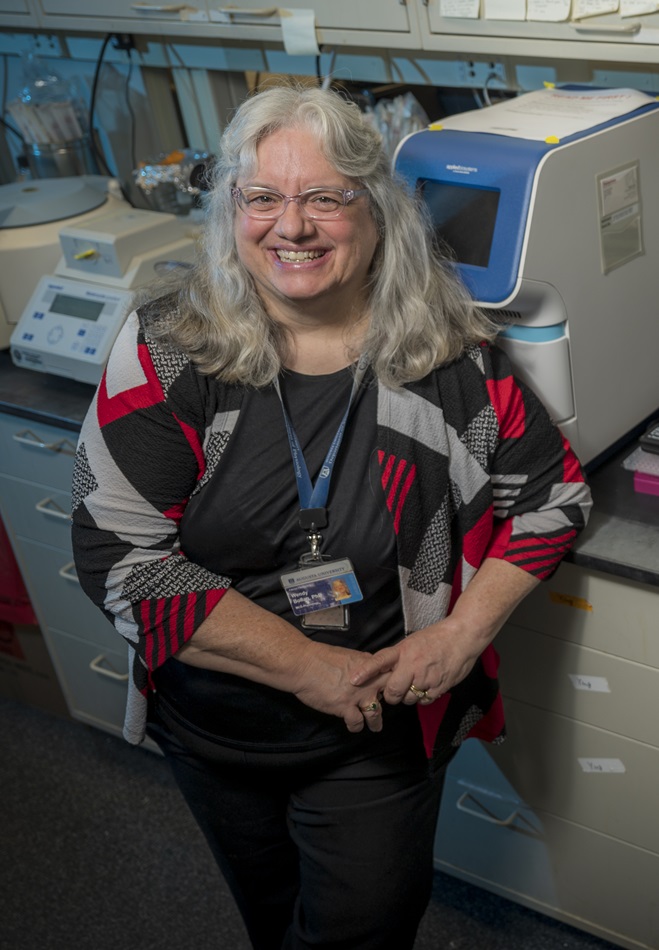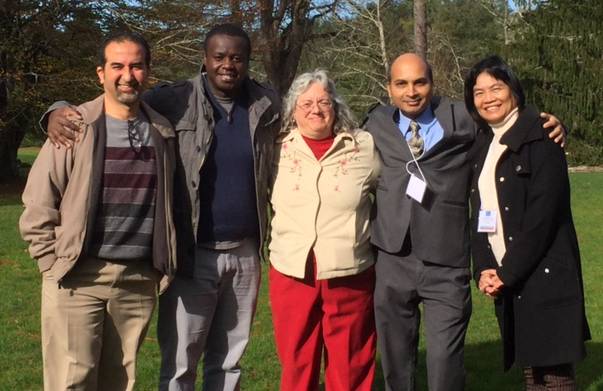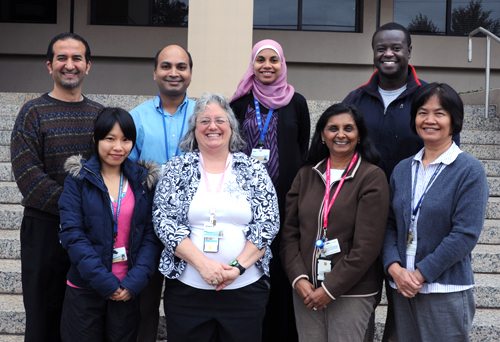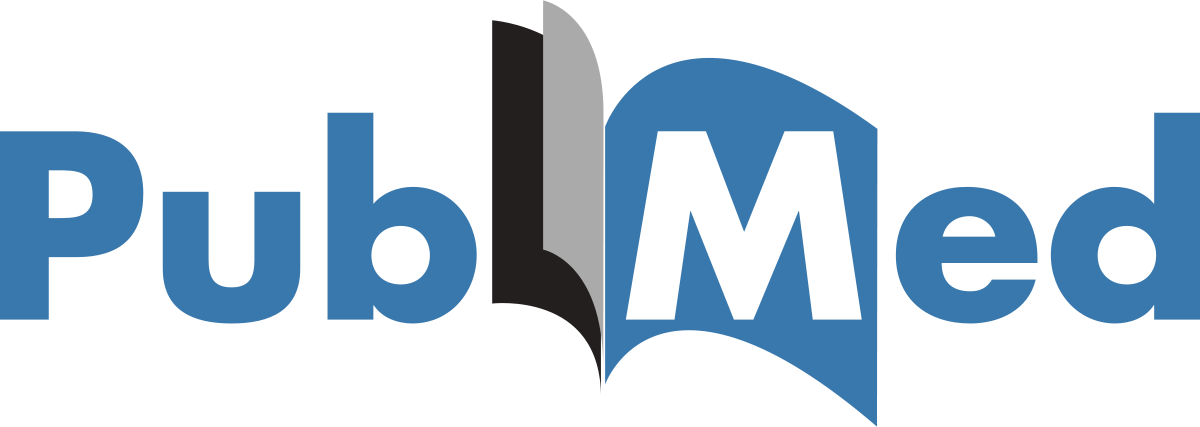- Augusta University
- Colleges & Schools
- Medical College of Georgia
- Physiology
- Faculty | Physiology
- Wendy Bollag, PhD, FAHA
Wendy Bollag, PhD, FAHA
Professor of Physiology, VA Research Career Scientist

Lab Team
Sara Chen, MD
- Research Manager
Vivek Choudhary, DVM, PhD
- Assistant Research Scientist
Shinjini Spaulding
- Graduate Student
Yonghong Luo
- Graduate Student
Sam Melnyk
- Graduate Student
Purnima Merai, MS
- Part-time Research Assistant
Ismail Kaddour-Djebbar
- Postdoctoral Fellow
Phone: (706) 721-0698
Fax: (706) 721-7299
Email: wbollag@augusta.edu
Office: CB-1008
Lab: CB-1055


Left image: Pictured left to right: Dr. Ismail Kaddour-Djebbar, Lawrence Olala, Dr.
Wendy Bollag, Dr. Vivek Choudhary, Dr. Sara Chen (2016)
Right Image: Pictured left to right: Back Row: Dr. Ismail Kaddour-Djebbar, Dr. Vivek Choudhary, Inas Helwa, Lawrence Olala; Front Row: Ying-Ying Tsai, Dr. Wendy Bollag, Purnima Merai, Dr. Sara Chen (2013)
Jump to: Education & TrainingAcademic AppointmentsResearch InterestsCurrent ProjectsAwards & AccomplishmentsRelated Links
Education & Training
Academic Appointments
2009-present: Professor, Department of Physiology and College of Graduate Studies, Augusta University, Augusta, GA
2011-present: Adjunct Professor, Department of Oral Biology (Dental College of Georgia), Augusta University, Augusta, GA
2009-present: Adjunct Professor, Departments of Cellular Biology and Anatomy, Medicine (Dermatology) and Orthopaedic Surgery, Augusta University, Augusta, GA
2011-2016: VA Research Career Scientist, Charlie Norwood VA Medical Center
2004-2009: Professor, Department of Medicine, Medical College of Georgia, Augusta, GA
1999-2004: Associate Professor, Department of Medicine, Medical College of Georgia, Augusta, GA
1993-1999: Assistant Professor, Department of Medicine, Medical College of Georgia, Augusta, GA
1992-1993: Assistant Professor, Department of Biology, Seton Hall University, South Orange, NJ
Research Interests
My research interests lie in understanding the mechanisms by which hormones, growth factors, cytokines and other signaling molecules instruct cells to respond appropriately to perform their functions. My laboratory currently has one project investigating the regulation of keratinocyte growth and differentiation and a second defining the signaling mechanisms regulating aldosterone secretion from the adrenal gland. In the first project in skin, we are defining the role of the signaling enzymes phospholipase D (PLD) in promoting epidermal keratinocyte differentiation and protein kinase D (PKD) in supporting keratinocyte proliferation and survival. Our data suggest that PLD promotes keratinocyte differentiation and inhibits proliferation whereas PKD acts in an opposite fashion. By regulating these processes PLD and PKD may play a role in the development of skin diseases. Our second project investigates the mechanism by which very low-density lipoprotein (VLDL), the levels of which are elevated in obesity, stimulates the production of aldosterone. As a key hormone involved in sodium homeostasis, aldosterone is an important regulator of blood pressure, and abnormalities in its levels can contribute to various cardiovascular pathologies including hypertension. Since obesity is often associated with high blood pressure, our research may provide one mechanism by which excess weight contributes to hypertension.
Current Projects
Awards & Accomplishments
Augusta University Research Institute Distinguished Researcher Award
- 2019
Medical College of Georgia Exemplary Teaching Award
- 2018
Medical College of Georgia Institutional Service Award
- 2018
Medical College of Georgia Exemplary Teaching Award
- 2017
VA Research Career Scientist Award
- 2011-2016
Completed the Augusta University Executive Leadership Excellence course
- 2014-2015
Outstanding Performance Award, Charlie Norwood VA Medical Center
- 2008-2015
Distinguished Teaching Award, Augusta University, The Graduate School
- 2013
Distinguished Faculty Award, Basic Research, Augusta University, Medical College of Georgia
- 2012
Selected to attend the Association of American Medical Colleges Mid-Career Women Faculty, Professional Development Seminar in Austin, TX
- 2012
Nomination and selection as a Fellow of the American Heart Association
- 2011
Distinguished Research Award, Medical College of Georgia, College of Graduate Studies
- 2010
Distinguished Service Award, Medical College of Georgia, College of Graduate Studies
- 2009
Representative Publications
|
Choudhary V, S Griffith, X Chen & WB Bollag. Pathogen-associated molecular pattern-induced TLR2 and TLR4 activation increases keratinocyte production of inflammatory mediators and is inhibited by phosphatidylglycerol, Mol. Pharmacol., 97: 324-335, 2020 (e-published ahead of print March 15, 2020). |
|
Yang R, S Chowdhury, V Choudhary, X Chen & WB Bollag. Aquaporin-3 expression induced by histone deacetylase inhibitors is mediated in part by peroxisome proliferator activated receptors (PPARs) in keratinocytes, Exp. Dermatol., 29: 380-386, 2020 (e-published ahead of print January 30, 2020). |
|
Bollag WB, LO Olala, D Xie, X Lu, H Qin, V Choudhary, R Patel, D Bogorad, A Estes & MA Watsky. Dioleoylphosphatidylglycerol accelerates corneal epithelial wound healing. Invest. Ophthalmol. Vis. Sci., 61: 29, 2020. |
|
Choudhary V*, R Uarantanawong*, R Patel, H Patel, W Bao, B Hartney, E Cohen, X Chen, Q Zhong, CM Isales & WB Bollag. Phosphatidylglycerol inhibits toll-like receptor-mediated inflammation by damage-associated molecular patterns. J. Invest. Dermatol., 139: 868-877, 2019 (e-published ahead of print October 31, 2018). *contributed equally to this work |
|
Tsai Y-Y, WE Rainey, MH Johnson & WB Bollag. VLDL-activated cell signaling pathways that stimulate adrenal cell aldosterone production, Mol. Cell. Endocrinol., 433: 138-146, 2016 (e-published ahead of print, May 21, 2016). |
|
Bollag WB, L Aitkens, J White & KA Hyndman. Aquaporin-3 in the epidermis: More than skin deep. Am. J. Physiol. Cell Physiol., 318: C1144-c1153, 2020 (e-published ahead of print April 8, 2020). (Invited review) |
|
Tsai Y-Y, WE Rainey & WB Bollag. Very low-density lipoprotein (VLDL)-induced signals mediating aldosterone production. J. Endocrinol. 232: R115-R129, 2017 (e-published ahead of print December 2, 2016). |
Related Links
- Glycerin is safe, effective in psoriasis model (ScienceDaily)
- Program points medical students toward aging research, clinical care (JagWire)
- Aging is inevitable but these medical students want to make it easier for everyone (Augusta Chronicle)
- Psoriasis treatment reduces infections, death in patients on dialysis with the skin condition (JagWire)
- Psoriasis Treatment May Decrease Infection, Death Risk in End-Stage Kidney Disease (Renal & Urology News)
- Rush of Adrenaline (MCG Medicine)
- Six faculty members honored at Augusta University Research Institute Awards (JagWire)
- Doctors work to find new ways to treat Psoriasis (WJBF News Channel 6)
- Lipid that aids normal skin turnover may help psoriasis (JagWire)
- Medical College of Georgia honors distinguished faculty (JagWire)
- REVIEW: Role of phospholipases in adrenal steroidogenesis (Endocrinology Journals)
- Mushroom compound appears to improve effectiveness of cancer drug (EurekAlert)
- Ultraviolet light helps skin cancer cells thrive, researchers report (EurekAlert!)
